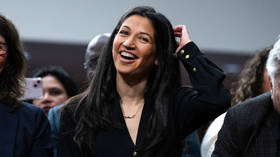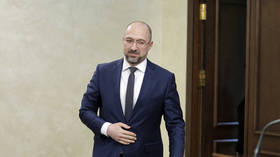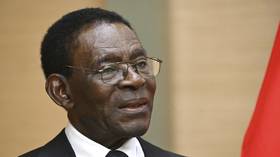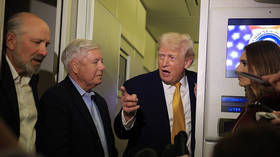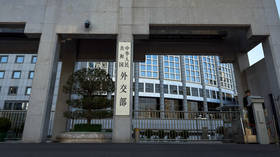The EU is dead: Long live the new EU
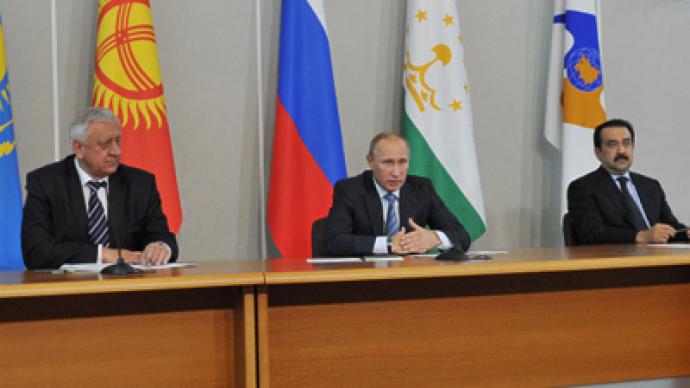
The creation of the Eurasian Union (EU-2) as recently mooted by Vladimir Putin could become an integral idea for Russia and allied nations of Eurasia. Writer and political scientist Igor Panarin says the concept might become reality as early as 2016.
In the article below, Panarin explains his view. I was very happy to watch Prime Minister Putin’s interview with the federal TV channels on October 17th, where he elaborated on the concept of forging a new Eurasia, which he had initially put forward in his article in Izvestia on October 3.Eurasia is a great integrative continent, a continent of original civilizations that have never known slavery and that are ready for an innovative spiritual, ethical and technological leap. Therefore, the gradual formation of a Eurasian Union that would rely on the constructive experience of Eurasian unity through the millennia (Trubetskoy’s pan-European nationalism) and the inter-state building in the EU and the CIS looks like a promising prospect. The Eurasian Union may have several centers (St. Petersburg for the north, Almaty for Asia, Kiev for Eastern Europe, Belgrade for the Balkans). It is an image of a future that I personally look forward to and hope to see it become reality by the year 2016. Eurasian countries have been actively integrating their economies and defense capabilities on Russia’s initiative for the past few years.Since January 1, 2011, the Customs Union (Russia, Belarus and Kazakhstan) has become a fully-fledged customs alliance with free circulation of goods, except for a few special categories of goods to which bans and restrictions still apply, such as narcotics. This has resulted in the rapid growth of trade within the Customs Union – by 43 per cent!!! The creation of the Customs Union increased economic growth by 50 per cent.And now we see another ambitious yet practical step taken towards Eurasian economic integration. On October 18, 2011, after “prolonged and difficult yet constructive talks,” as Vladimir Putin said, the heads of the CIS governments signed the Free Trade Zone Treaty. Indeed, this will become a new foundation for trade and economic relations within the CIS. The document will remove the remaining barriers and restrictions on trade between the Commonwealth countries. The treaty will replace the largely outdated 1994 treaty. In fact, many Commonwealth countries have not ratified the old treaty, so it was practically of no effect. The CIS Free Trade Zone Treaty took 10 years to draw up and finalize, and it was not until the St. Petersburg summit that the parties were able to reach an agreement. Therefore, the meeting in St. Petersburg has marked a breakthrough for the Eurasian integration process. “We had a long discussion with the heads of the delegations and eventually we achieved a result that was unexpected even for us. We made a few changes and agreed the final version of the treaty,” the Russian prime minister said. The Free Trade Zone Treaty was signed by Russia, Ukraine, Belarus, Kazakhstan, Armenia, Kyrgyzstan, Moldova and Tajikistan. So far, Azerbaijan, Uzbekistan and Turkmenistan have refrained from joining the club. Vladimir Putin reminded everybody that trade within the CIS grew by 48 per cent in the first six months of 2011 and reached $134 billion. “Considering that we have this kind of growth even without having a free trade zone treaty, imagine how our trade could have grown, had this zone been in place,” the prime minister said.The creation of the Eurasian Union (EU-2) could become Russia’s global geopolitical development project in the 21st century, an integral national idea for the Russian and allied nations of Eurasia. I am convinced that Eurasian integration meets the interests of all the countries of the world. The first step, the establishment of the Customs Union, has been made. On October 18, 2011, the Free Trade Zone of the CIS countries was set up. Eurasian integration also requires an integration ideology which should be worked out on the basis of the ethical and spiritual values of the Russian idea voiced by the great Russian philosophers (such as Fyodor Dostoyevsky, Nikolay Berdyaev and others).Russia could contribute to starting a creative discussion on such an Integration Formula among experts from CIS countries by proposing the following Triad: 1. Spiritual values of Eurasian religions (Orthodox Christianity, Islam, Buddhism)2. Russian Cosmism3. Pan-Eurasian NationalismEurasian integration can even find its future allies among the political elites of the United States, China, Germany, Italy and France.My vision of the Eurasian Union is that of a voluntary inter-state integrated alliance of European and Asian nations promoting their economic cooperation based on spiritual and moral values, and on the cooperative dialogue of civilizations. It is essential that the EU-2 should develop a common spiritual and ethical information space that would encourage spirituality and creativity and promote economic and technological development. We must seek to overcome the serious ailments of Western civilization, which manifested themselves explicitly during the London riots of August 2011. The EU-2 will need a common Eurasian internal market with unrestricted circulation of goods, capital and workforce between its member states and a common currency (based on the Russian ruble) with a common monetary regulator. Russia has been blessed with a chance of not only restoring itself as a robust economic and spiritual power, but also offering a new integration model for the development of Eurasia, based on spirituality and a constructive dialogue of civilizations. The signing of the CIS Free Trade Zone Treaty on October 18, 2011, has promoted the Eurasian Union concept to the stage of a feasible project. I cannot but commend the Russian government for its focused, committed and efficient performance in bringing Eurasian integration one step closer to becoming reality.
Igor Panarin, for RT
The statements, views and opinions expressed in this article are those of the author and do not necessarily represent those of RT.





